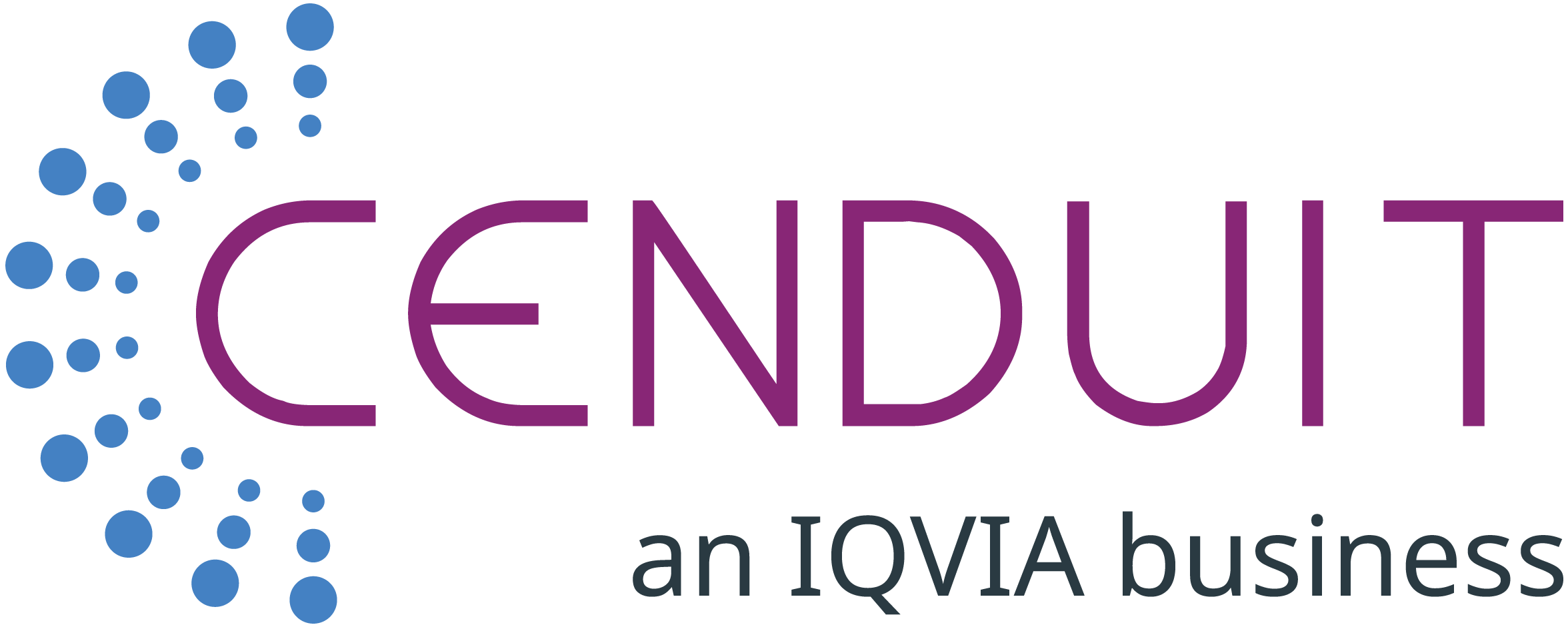Identifying the Green Fields of Health Tech: Takeaways from the AI@Oxford Panel
This past September, I spoke at the AI@Oxford conference at Oxford University. The conference [1] drew about 500 scientists, academics, regulators, businesspeople and media to discuss AI research and innovation. The conference speakers were divided into three themes: a technical track, “AI in Society,” and healthcare (on which I spoke).
Conferences are one of the best ways to have your ideas challenged and refined by a broad range of experts. I attended to reconnect with my colleagues in the AI space and learn new ideas that I could take back to improve my own work for Cenduit’s clients.
The panel on which I was invited to speak, “The Regulatory Aspects of AI in Healthcare,” focused on...
(i) the regulatory demands on new AI technologies, and
(ii) the challenges that AI creates for regulatory institutions
In particular, the audience was interested to better understand how the regulation of AI technologies differs from the regulation of therapeutics and software.
Audience questions revolved around…
What are the unexpected regulations?
Which algorithms are regulated? Not regulated? Not certain?
What is the burden of regulation on AI innovators?
Takeaways from the AI@Oxford Panel
Many of these questions were intended for the panel’s regulators. But within the context of my role of working at Cenduit, I was able to offer two pieces of guidance and industry perspective.
Know the Rules!
Digital innovators may conceptualize new ideas for healthcare products, yet also feel overwhelmed by the significantly higher regulatory hurdles than those in other industries. However, by not knowing the regulations, you are somewhat proceeding at your own risk.
A key message for innovators in AI is: “know the rules!”
At a minimum, learn whether your innovation is, in fact, regulated and if so, which regulatory class. Your innovation may be a device, but does it meet the definition of a medical device? [2] You can now narrow down your efforts to learn only those rules that affect you.
Take Advantage of Regulatory Rigor
Although regulatory compliance is mandatory, it should be viewed as an opportunity to evaluate and strengthen your product from new angles. For example:
Use guidelines to rigorously evaluate your product: Health technology typically has both scientific and technical components. By considering these issues early on, you may more rapidly identify the strengths and weaknesses of your product. You might also identify and address bugs prior to deployment and before your clients identify those bugs for you.
Use regulatory success as a strategy: Clearing sequential regulatory hurdles builds excitement and interest around your product. Each approval is a third-party stamp of quality. A potential client who would not spend time evaluating a speculative product may now consider your product sufficiently vetted to be worth an initial call. Health technology start-ups and large firms alike will aggressively populate their websites and social media accounts with news of regulatory approvals. Not only for their own product, but also related products by other companies to signal product viability.
Incorporate the mandate into your business strategy: Along with intellectual property protection (e.g., patents and know-how), clearing regulatory hurdles places you further ahead of competing services. Take advantage of this challenging opportunity by persevering in a market where others may not be able to access. Using wearables as an example, a client base is often broader when a product can be marketed in both the medical and consumer spaces. Your product may be perceived as having higher quality in the consumer space if approved as a “medical grade” product.
Identify the Green Fields of Health Tech
The breadth and depth of regulatory considerations may give the impression that all products and services in healthcare are highly regulated. This is not always the case. There are many green fields in which to develop technology to support a regulated industry such as biopharma. A product or service may support the trial while being clearly separated from the clinical intervention (which removes them from the direct purview of regulatory interest).
At Cenduit, we support the clinical trials of our clients by focusing our AI development on three greenfield applications...
● Interconnecting the digital audit trails, [3,4]
● Optimizing the drug supply chain [5] and
● Supporting the deployment of wearables and patient tracking [6]
Speaking as a scientist and engineer, these are exciting opportunities.
As a scientist, this is another area in which we can apply our domain knowledge of clinical trials to ensure the integrity of the trial against known challenges and pitfalls.
As an engineer, this also provides an opportunity to design and implement technical solutions that are both cutting edge (e.g., advanced data displays and modeling) and practical (e.g., database and data pipeline management).
The Cenduit Difference
Cenduit has selected these three areas for our AI endeavors because each has a strong business case; and can benefit from a more sophisticated, automated approach to synthesize clinical trial data. To give each of these applications the attention deserved, my future posts will cover…
● How AI uses data differently from more traditional quantitative disciplines in the pharmaceutical industry
● Why these three applications are well-suited for the strengths of AI technology
Let’s start the conversation about how we can bring a new level of quality, flexibility, and expertise to your clinical trials.
Posted by Glen Wright Colopy, Data Scientist
Glen holds a D.Phil. in Engineering Science from the University of Oxford, where his thesis was on Bayesian Gaussian Processes for Identifying the Deteriorating Patient. He earned a M.Sc. in Applied Statistics from the University of Oxford, and an M.Sc. in Operations Research from North Carolina State University. Glen holds a B.S. in Mathematics and Economics from the College of William and Mary.
References
[1] https://innovation.ox.ac.uk/innovation-news/events/aioxford-conference/
[2] https://www.fda.gov/medical-devices/classify-your-medical-device/how-determine-if-your-product-medical-device
[3] https://www.cenduit.com/drug-accountability-returns-management
[4] https://www.cenduit.com/interactive-response-technology-page
[5] https://www.cenduit.com/drug-supply-center-of-excellence
[6] https://www.cenduit.com/science-of-patient-reminders






